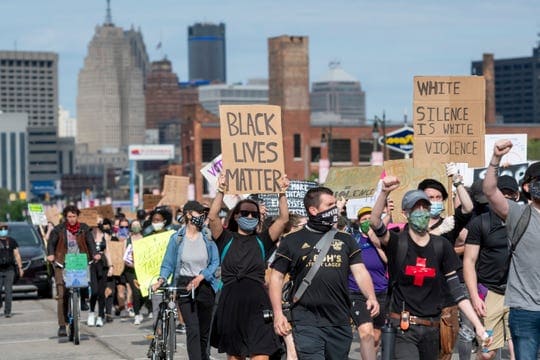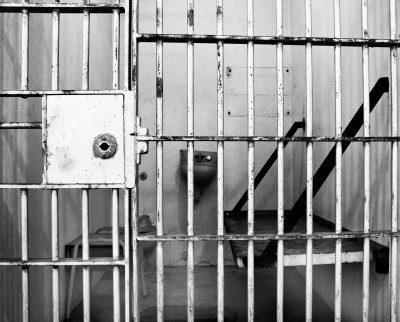The shock and horror of watching George Floyd die begging to breathe has been replaced by outrage. Protests are happening in every state and throughout the world. The message is clear: end police brutality against African Americans by making real changes and reforms, or the protests will continue.
We all want to do something, but we want to do it safely and legally. Understand first of all, protest is a constitutional right. We have freedom of speech and assembly under the First Amendment. Here are pointers on how to exercise those rights:
Your rights
•Your rights are strongest in “traditional public forums,” such as streets, sidewalks, and parks. You also likely have the right to speak out on other public property, like plazas in front of government buildings, as long as you are not blocking access to the government building or interfering with the purposes the property was designed for.
•Private property owners can set rules for speech on their property. The government may not restrict your speech if it is taking place on your own property or with the consent of the property owner.
•Counter-protesters also have free speech rights. Police must treat protesters and counter-protesters equally. Police are permitted to keep antagonistic groups separated but should allow them to be within sight and sound of one another.
•When you are lawfully present in any public space, you have the right to photograph anything in plain view, including federal buildings and the police. On private property, the owner may set rules related to pictures or video.
What to do if you believe your rights have been violated
If you have questions about your rights to protest or you believe your rights have been violated, please call us at (734) 692-3033 for help.


